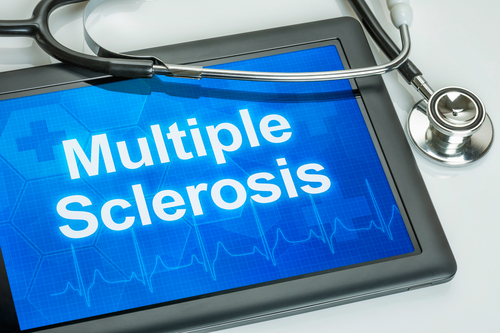Teva’s COPAXONE Approved in Japan for the Prevention of Relapse Remitting Multiple Sclerosis
Written by |

Teva Pharmaceutical Industries Ltd., a leading global pharmaceutical company that delivers high-quality, patient-centric healthcare solutions, recently announced that the Japanese Ministry of Health, Labour and Welfare (MHLW) approved the once per day 20 mg injection of COPAXONE® as prophylaxis for relapses in multiple sclerosis (MS).
Glatiramer acetate, the active ingredient of COPAXONE, consists of acetate salts of synthetic polypeptides, containing four naturally occurring amino acids: L-glutamic acid, L-alanine, L-tyrosine, and L-lysine. COPAXONE is an immunomodulator drug thought to act as a decoy for the immune system. Glatiramer acetate has been approved in the United States by the Food and Drug Administration (FDA) for the reduction of relapse frequency in MS patients.
At request of the MHLW, Teva Pharmaceutical K.K, an exclusively owned subsidiary of Teva, has developed glatiramer acetate in Japan as an Unapproved New Drug. Takeda Pharmaceutical Company Limited signed in March 2013 a collaboration agreement with Teva, in which Takeda has the full rights to commercialize COPAXONE® in Japan.
“Strengthening our offering of specialty medicines in Japan is an important goal for Teva. We are proud to work with Takeda in very close cooperation to make this product available to multiple sclerosis patients and the physicians treating them in Japan,” said Rob Koremans, MD, President and CEO Global Specialty Medicines at Teva in a recent press release. “The partnership has been a success and we look forward to making additional specialty medicines available to Japanese patients.”
The approval of COPAXONE® by the MHLW was based on the positive efficacy and safety results of a 52-week, open-label study conducted in Japan by Teva Pharmaceutical K.K. in patients with relapsing-remitting MS.
According to the National Multiple Sclerosis Society, relapsing-remitting multiple sclerosis (RRMS) is characterized by clearly defined attacks of worsening neurological function. These attacks — often called relapses, flare-ups or exacerbations — are followed by partial or complete recovery periods (remissions), during which, symptoms improve partially or completely, and there is no apparent progression of disease. RRMS is the most common disease course at the time of diagnosis. Approximately 85 percent of the patients are initially diagnosed with RRMS, compared to 10-15 percent with progressive forms of the disease.





